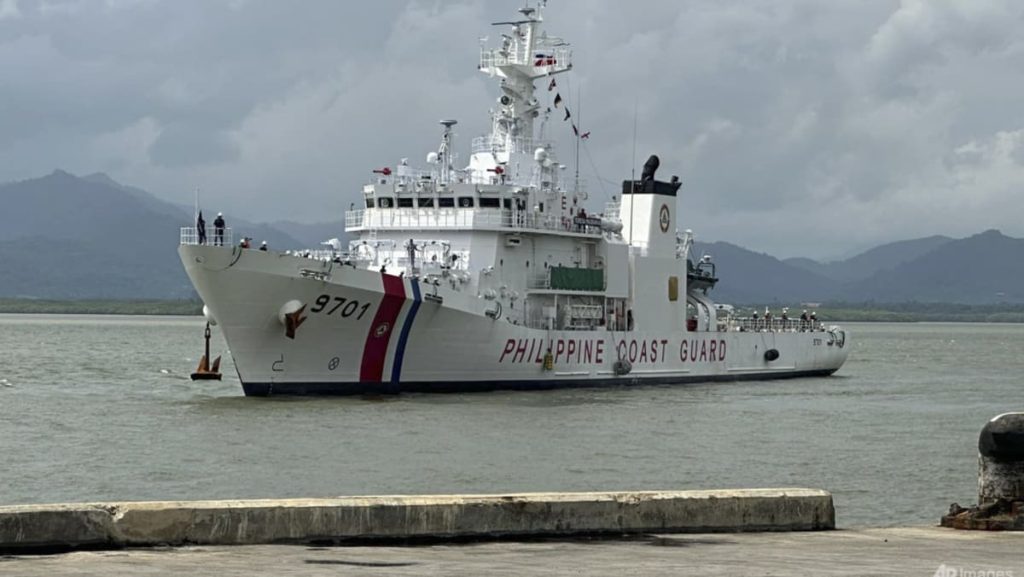The Philippines faced a tense situation in the South China Sea, specifically at Sabina Shoal, where there was a standoff with China over the construction of an artificial island. The Philippines had deployed a coast guard ship to counter China’s efforts but had to withdraw it due to damage sustained in previous clashes, crew illness, food shortages, and bad weather. However, despite the withdrawal of the ship, the Philippines maintained that Sabina Shoal was still part of its exclusive economic zone.
China claims a significant portion of the South China Sea, including the disputed areas where the Philippines had stationed its coast guard ship. The international community, including an international tribunal, has refuted China’s claims in the region, but Beijing continues to assert its dominance through aggressive actions. Chinese vessels have harassed Philippine government ships, causing damage and injuries through ramming, blocking, water-cannoning, and even boarding. These confrontations have raised concerns about the possibility of the United States, a military ally of the Philippines, becoming involved in potential armed conflict with China.
The situation at Sabina Shoal was exacerbated by Chinese vessels hindering resupply missions for the Philippine coast guard ship stationed there. The crew of the BRP Teresa Magbanua faced challenges like a broken water desalinator, which forced them to rely on rainwater for drinking for an extended period. Additionally, the crew had minimal food supplies, mainly consisting of porridge for weeks, leading to concerns about their overall well-being and nutrition. These conditions illustrated the difficult circumstances faced by the Philippine coast guard in maintaining a presence at the disputed area.
The decision to withdraw the coast guard ship from Sabina Shoal was a practical one, considering the challenges faced by the crew and the damage sustained by the vessel. The deteriorating conditions, including ailing crew members and dwindling food supplies, made it untenable to continue the standoff with China at that time. However, the Philippines reiterated its claim to the area and asserted that it had not ceded its rights over Sabina Shoal despite the ship’s withdrawal. The situation highlighted the ongoing tensions in the South China Sea and the complex dynamics between the claimant states in the region.
The Philippines’ actions in the South China Sea are part of its efforts to defend its territorial and economic interests in the region, particularly against China’s expansive claims. The country has been engaging in various strategies, including deploying coast guard vessels to disputed areas, to assert its presence and uphold its rights under international law. With the support of allies like the United States, the Philippines aims to safeguard its interests and resist China’s attempts to assert control over the South China Sea. The withdrawal of the coast guard ship from Sabina Shoal was a tactical move based on practical considerations but did not signify a relinquishment of the Philippines’ claims in the area.
Overall, the situation at Sabina Shoal highlighted the ongoing tensions in the South China Sea and the challenges faced by claimant states like the Philippines in asserting their rights in the region. The confrontation with China and the subsequent withdrawal of the coast guard ship underscored the complexities of the maritime disputes and the potential risks of escalation. As the Philippines continues to navigate the contested waters of the South China Sea, it must balance its strategic interests, regional alliances, and international legal frameworks to protect its sovereignty and territorial integrity in the face of China’s assertive actions.


